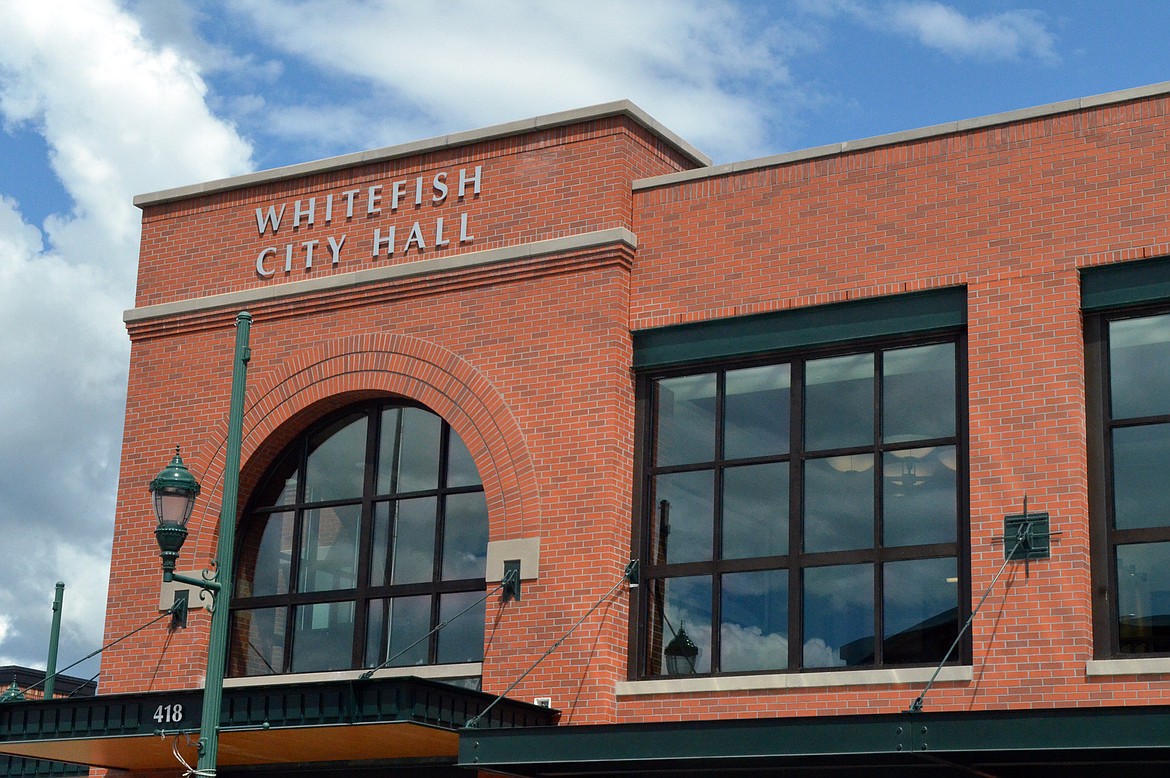City Council OKs increase to Whitefish impact fees
JULIE ENGLER | Hagadone News Network | UPDATED 2 years, 2 months AGO
Julie Engler covers Whitefish City Hall and writes community features for the Whitefish Pilot. She earned master's degrees in fine arts and education from the University of Montana. She can be reached at [email protected] or 406-882-3505. | October 25, 2023 12:00 AM
Despite some “sticker shock” over new impact fee amendments, Whitefish City Council voted unanimously last week in approval of the new rates and policies.
The staff, the Impact Fee Advisory Committee and the City Council met with TischlerBise several times before the consultant recommended maximum defensible impact fee rates.
“It's important that everybody understands that an impact fee is a fee that is charged to developments based on the demand and added capacity needed for public facilities,” said Whitefish City Manager Dana Smith. “It is not a fee that is paid by each individual, it is at the development stage.”
Smith said that without an impact fee, projects would still have to move forward, given the area’s growth, and the costs would then become the responsibility of all taxpayers.
Montana code requires cities to review and update impact fee ordinance every five years. To meet that requirement, Whitefish hired TischlerBise to prepare an updated report and impact fee study for seven impact fees including parks and recreation, paved trails, city hall, police, fire, water and wastewater.
Impact fee rates assessed on new development will be increased. Smith said impact fee revenue is, and always has been, dedicated to a certain use. A fund will be identified for each impact fee facility.
The report explains that the maximum supportable fee for all facilities, except water and wastewater, is assessed per housing unit based on the square footage of the unit. Water and wastewater impact fees are based on the development’s meter size, not by fixture unit count.
A table from the service area report and impact fee study shows that the new impact fee, not including water and wastewater, for a residence of 600 square feet or less is $1,437. For a residence of about 3,000 square feet, the new fee is $4,300.
The fee for a 1-inch meter size is $13,266.
A possible expansion of City Hall is part of a 10-year capital improvement plan and is tied to the approval of the new service area report and impact fee study.
“The council would need to recognize that we would be moving forward with the plan for the third story on City Hall, which was designed already for this building,” said Smith. “It was always intended to be a three-story City Hall.”
Another change is that impact fees for building permits for 100% of the housing units that are permanently deed-restricted for affordability can be paid at the time of certificate of occupancy rather than when the building permit is issued.
Councilor Ben Davis asked why Whitefish’s impact fees are higher than other municipalities in the area.
Smith responded that the fees are based on Whitefish’s Capital Improvement Plan and that Kalispell chose to cut their impact fees in half.
“That was because they’re OK with current rate payers paying for expansion that is driven by developers, or at least a portion of that growth,” Smith said. “I believe Whitefish has a high enough demand for building here that these impact fees as a percentage of the project cost, even at these higher rates, are not going to deter individuals who see Whitefish as a place to develop.”
“There’s a little bit of sticker shock here,” Councilor Steve Qunell said, adding that the steeper fees might inhibit the development of more affordable housing projects.
In that case, Smith suggested that the impact fee reimbursement program in the Housing Roadmap could be utilized.
Davis said a typical single-family home might pay $20,000 in fees and with interest, that adds up over the course of the build. Smith later remarked that if the home is an $800,000 home, $20,000 in fees represents only 2.5%.
During the public comment period, Chuck Stearns, a member of the Impact Fee Advisory Committee, told the council he and the committee supported the proposed changes. He said the committee spent some time discussing the sticker shock. Stearns said he learned that over 90% of TishlerBise’s clients adopt the maximum supportable fee.
“If the impact fees don't pay for these costs, then that will fall on locals, property owners and renters to pay those costs,” Stearns said. “It's not like those costs go away, they just get transferred somewhere else.”
Paul Gilman and Bill Burg are involved in a lawsuit against the city of Whitefish regarding impact fees and in an open letter to the mayor, the council and the general public, the two questioned the competence of TischlerBise.
“We went through a standard RFP process. TischlerBise has done over 900 impact fee studies; they’ve done reports for 17 … cities and counties in Montana,” Smith said. “In my opinion, we have gotten the best of the best that we can here in Montana.”
The council voted unanimously to adopt the amendment to the impact fee ordinance and to approve the new rates and policies. Implementation of rates at the maximum supportable fee will begin on Jan. 1, 2024.
ARTICLES BY JULIE ENGLER

Microchips make pet reunions more likely
The West Glacier KOA was closing for the season, a major snowfall was forecasted, and the manager had just caught sight of Newton, a cat who had gone missing several weeks earlier.

Cowboy poet lassos accolades
Local poet Rik Goodell won the International Western Music Association Award of Excellence for his album, “Cowboyin’ with God,” which was named the 2025 Cowboy Poetry Album of the Year.

Renovation renews Whitefish's St. Charles Borromeo church
St. Charles Borromeo Catholic Church in Whitefish has been undergoing an extensive repair, renovation and beautification project that might be completed in time for Christmas mass.

